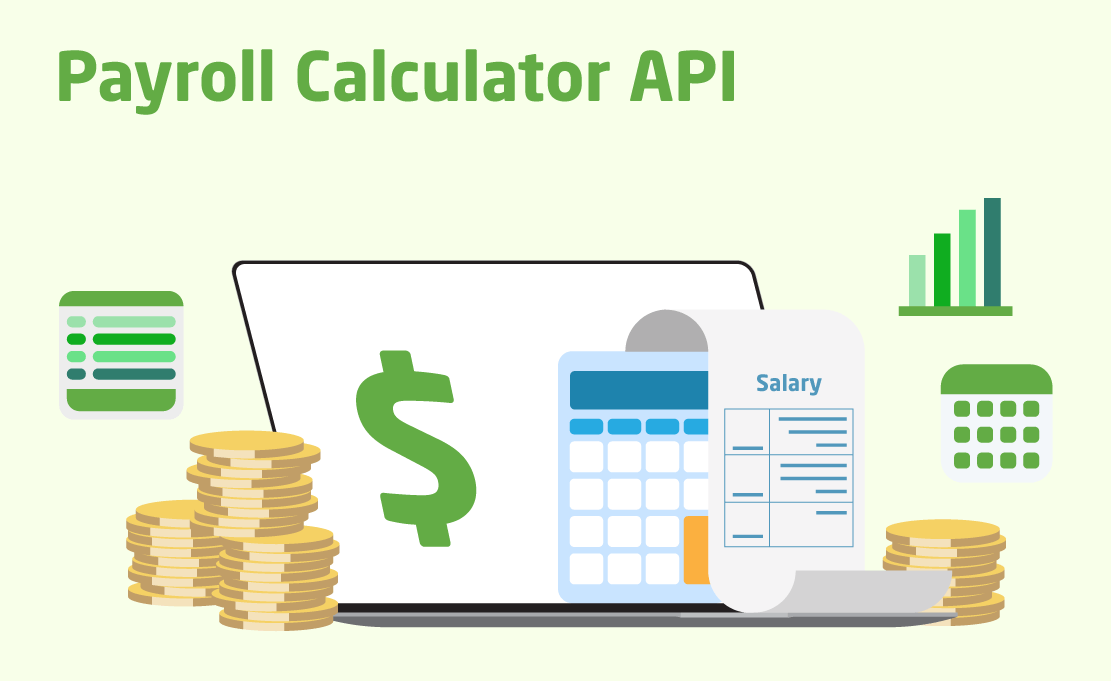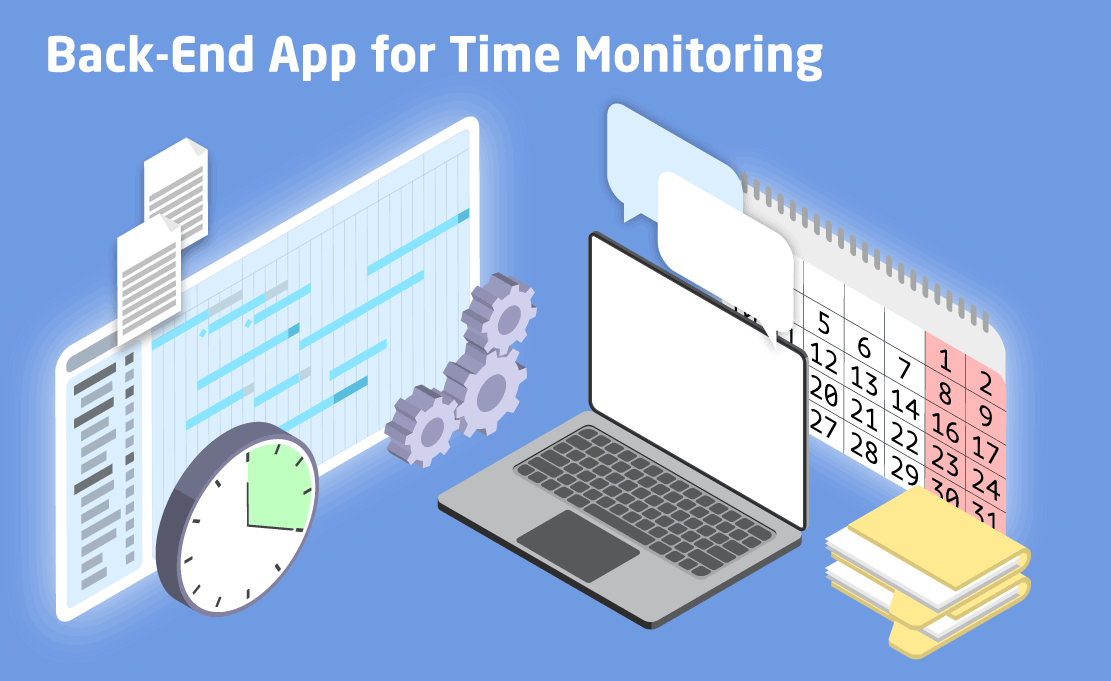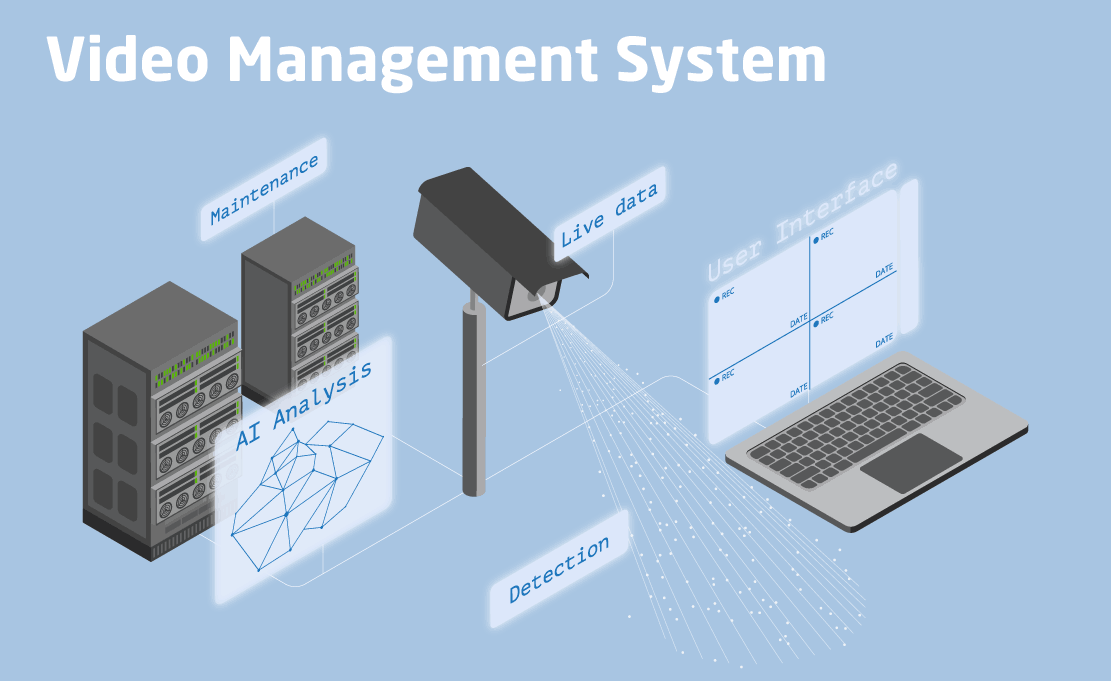Our software engineers assist customers in architectural design, server-side logic development, design and implementation of APIs, database development and management, integrations with front-end part and third-party services, etc. Besides, back-end services for the websites and web apps include caching as well as performance optimization, implementation of security best practices in applications, scalability, and load balancing, and integration with cloud storage services like Amazon S3, Azure, Google Cloud Storage, etc. Our back-end engineers work with JavaScript, Typescript, Java, .NET, Python, PHP, frameworks like Node.js, Django, Spring, Flask, Laravel, Gin etc., and relational and non-relational databases.
Businesses can benefit from our expertise in the design and implementation of RESTful and GraphQL APIs for mobile clients, implementation of offline services in mobile applications, development of back-end services to support data synchronization and integration of push notification services such as Firebase Cloud Messaging and Apple push notification service. Our engineering teams assist in the utilization of back-end as a service (BaaS) platforms such as Firebase and AWS amplify, implement authentication and authorization in applications, integrate analytics and third-party services such as payment gateways, and deploy their applications to app stores such as Google Play store and Apple app store.
Chudovo helps organizations identify and mitigate security risks in applications, analyze back-end components for performance bottlenecks, and ensure that back-end systems adhere to industry standards and compliance requirements such as GDPR, HIPAA, etc. Besides, our teams assist with verifying the integrity, consistency, and accuracy of data being processed and stored, assessing back-end systems for reliability and fault tolerance, and evaluating the utilisation of back-end resources such as servers, DBs, and network infrastructure. Our teams offer a detailed back-end review to optimise the infrastructure, architecture, codebase, and data schemas. Basides, the engineers can refine the code base, introduce the modern architecture, and switch the infrastructure to the latest technologies.
Our back-end programming services help businesses to set up and configure back-end infrastructure components such as virtual machines, networking, storage, and containers on cloud platforms such as AWS, Microsoft Azure, GCP, and more. Software engineers help organizations adopt a microservices architecture, migrate legacy and existing systems to the cloud, and utilise serverless computing to build back-end services. Our teams assist organisations to utilise cloud-based database services, and cloud API management, and implement cloud-based monitoring and logging solutions.
Build the infrastructure and services needed to support and manage IoT devices with custom back-end development for IoT ecosystems. Our consultants assist in implementation of the solutions to register, provision, and manage IoT devices, process data generated by IoT devices, and design and deploy scalable storage solutions for storing and managing IoT data. Besides, our engineers can implement analytics and machine learning to get insights from the received data, create dashboards and visualisations, and reporting tools, and implement security measures to protect IoT devices.
Build the infrastructure and services needed to support and manage IoT devices with custom back-end development for IoT ecosystems. Our exports help build solutions to register, provision, and manage IoT devices at scale, capture and process data generated by IoT devices, and design and deploy scalable storage solutions for storing and managing IoT data. With the involvement of our engineers, organizations can implement analytics and machine learning to derive insights from captured data, create dashboards, visualisations, and reporting tools, and implement solid security measures to protect IoT devices.
Our back-end development services team can help gather, analyse, and define project requirements, execute the assessment of the back-end technologies, and select the technology stack for the specific projects including programming language, frameworks, databases, cloud providers, and API architecture. Our software architects assist in designing back-ends and assessment of existing architectures to identify areas of improvement. Besides, software engineers can help analyse and optimise back-end performance, audit back-end systems for security and regulatory compliance, develop scalability strategies and roadmap, train teams on back-end technologies and emerging trends.











Duration: 2-4 weeks
The first procedure is characterized by the definition of the project scope. We fully involve stakeholders right from the onset so as to be in a position to assemble suitable information on what your business goals, users, and back-end system expect from the improved website. This includes infrastructure analysis, outlining the technical needs, and finding areas of risk. A delivered outcome of this is a detailed project blueprint, which lays down a foundation for successful development.
In Chudovo’s recommendation, appropriate pacing of the analysis phase has a more precise estimate of the budget and timeline. Besides this, front-end developers are included in this stage along with back-end developers to increase collaboration between the front and the back-end development services in developing suitable solutions.
Duration: 4-8 weeks
The backbone of any well-featured application is a well-thought-out back-end architecture. At Chudovo, our back-end development services enable software architects to create several alternatives based on a design that fits your needs, focusing on the reliability, scalability, and maintainability of the solution. We break down the architecture into modules in order to support easier management and updates in the future. In this phase, the architecture, technology stack, and hosting environment get approved; heavy documentation is done to support the development team.
Chudovo explains that including specialists from quality assurance and developers during the initial design phase smoothens the transitions from design into development, which ensures that components meet project objectives.
Duration: From 2 months
After defining the architecture, the development of modules for the server side begins. API development, implementation of business logic, and database connections remain the core of the process. Back-end development services form the backbone of any software application, ensuring seamless communication between the server and user interface. Codes should be kept at their best levels by following international best practices for cleanliness, efficiency, and security.
At this stage of development, our quality assurance continuously tests the work with both manual and automated means to catch bugs early and fix them for a robust system that is ready for implementation.
Duration: From 1 month
This stage of development will bring the back end, which means that all the basic data is in the database and is arranged in a way that will best be able to interface with the customer’s end. Our back-end development services deliver robust server-side architecture with a tight focus on speed, security, and scalability. Accordingly, either relational SQL databases or schema-less NoSQL databases shall be planned, created, and configured based on the requirements of the organization’s project for better scalability and high performance. Also, our team sets up cloud services for data distribution and redundancy, which means high uptimes even at peak use or even unexpected downtimes.
Reliable back-end development services ensure the success of any digital solution by taking care of data exchange and business logic. According to Chudovo, SQL databases are well-suited for classic business applications and web portals, while NoSQL databases are better fitted for large-scale real-time data management in an unstructured way, typically characterizing IoT or big data applications.
Duration: 1-3 weeks
The back-end implementation is then developed on the selected environment, either on-premises or cloud; later, back-end component integration with the front-end and third-party services is done. With increasing user demands, back-end development services play a vital role in deployment & integration. In most cases, deployment delays are able to be prevented through appropriate and sufficient planning during the earlier process steps. Following best DevOps practices, we support them all with Continuous Integration/Continuous Deployment for all integration and deployment processes. What this means is that once all the final tests have passed, your back-end system will already have full functionality.
This means, however, that implementing DevOps will make this easy and doable in a timely manner, which, in turn, means that your solution will be ready for use at the moment development is completed.

Industry: finance
Chudovo developed a unique payroll calculator API on Node.js, integrated into an existing W-2 form generator. It was supposed to automatically calculate payroll details, considering a host of different state-specific tax rules. Such a fully customized API replaced the client’s previous external back-end solution and considerably streamlined the payroll process. Updates to tax rules could be carried out with ease deep inside the API. Such a solution manifold increased the accuracy and efficiency of the financial documentation service provided by the client.

Industry: Business services
Chudovo’s .NET engineering team developed a back-end application that integrated third-party systems for time tracking into the client’s existing business management platform. It utilized a microservices approach to aggregate, process, and store employee time tracking data, interfacing via third-party APIs while utilizing Azure services. The new functionality extended the technological capability of the platform and empowered users with advanced time management and resource allocation capabilities.

Industry: IT Services
Chudovo created a multifunctional B2B platform from scratch to cooperate within the IT field. This web solution lets companies find and hire development teams or separate experts and post and bid on IT projects. Our team developed the back-end and front-end of the website, introducing a system architecture that would allow for company and developer profiles, project management, and a messaging module.
Industry: Healthcare
My therapy companion is an app built for the healthcare industry. The back-end was made with C#/.NET and deployed in Microsoft Azure to have a strong cloud service. Our team at Chudovo is responsible for all technical aspects related to system architecture, technology selection, and other areas that ensure scalability and efficiency in infrastructure. On the back-end development services, this app integrates Azure Cosmos DB for data management. APIs on the back-end support all functionality at the front end, which was developed using Xamarin Forms.

Industry: video security
Chudovo developed a web-based video monitoring system from scratch for the video management system project. This project was based on a scalable microservices architecture that allows the creation of modular functionality. The development of the back-end was performed by means of advanced technologies oriented to the creation of discrete microservices, such as audio, license, and streaming services. Each microservice was designed with a specific task and communicated through simple interfaces, ensuring seamless integration.
At Chudovo, we specialize in back-end development services, integrating end-to-end industry expertise with contemporary technological know-how to provide scalable and secure solutions that precisely meet your needs. We offer back-end development services to lay a sound foundation for cloud-based applications and turn deployment and management smooth.